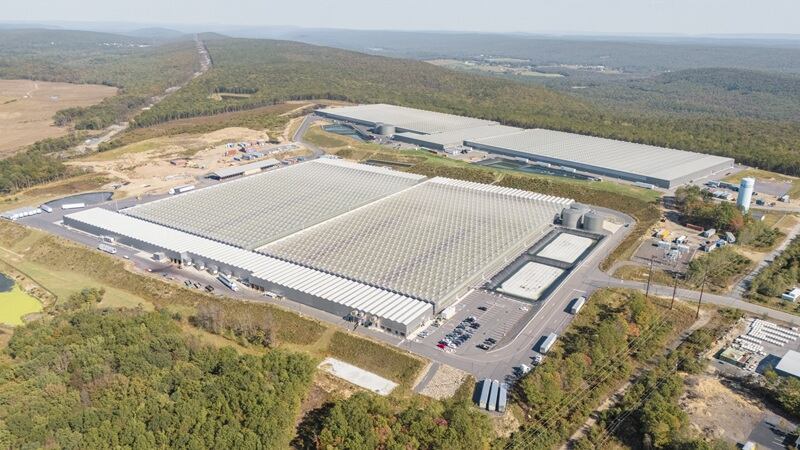Virginia has become a hub for the indoor agriculture industry – between indoor tomato grower Pluck’d investing $100 million in a 60-acre facility this year and vertical berry producer Plenty opening a Richmond facility last year.
The reason the state is proving futile ground for the CEA industry boils down to a three-pronged strategy of supporting workforce development, working with universities and institutions to attract talent to the state, and offering state support, Matthew Lohr, Virginia’s secretary of agriculture and forestry, told AgTechNavigator during the Indoor Agtech broadcast series.
The first day of the two-day Indoor Agtech broadcast series is available to watch on-demand, here.
As part of this strategy, Virginia developed educational programmes to ensure students can learn about agricultural technologies (including indoor agtech) starting from middle school with GO Tech and going all the way through college, with two- and four-year degrees, he noted. These programmes help develop the workforce and prepare them for careers in the field.
Also, Virginia’s various secretaries (agriculture and forestry, commerce and trade, etc.) “work together to put the best financial incentive package together,” including beneficial tax policies to build facilities or getting a tax benefit on indoor equipment in the same way that other farming tools are deductible, Lohr explained.
However, “it is not like every company automatically gets an incentive package,” and the government works to ensure that any indoor ag company coming into the state is a fit from a financial feasibility standpoint, Lohr noted.
“We have got to do our homework. When we look at each company, we go through and see who are the investors. What is their track record? Do they have other facilities?” he elaborated.
He added, “All of our incentives are basically performance-based, so we don’t write a check until they meet the criteria that they pledged to meet. So, from that standpoint, it really limits the risk that we have in investing in these companies. They have to meet the benchmarks that they spell out [and] that we agreed to before they actually get money from the state.”
First is not always best in the tech race
Virginia is finding success developing the CEA industry, but broader challenges in the space do persist, Lohr admitted. This is partially due to the newness of some of the indoor ag technology, which will get better over time, he added.
Additionally, indoor agriculture continues to face a sharp pullback in venture capital funding, with only seven deals worth a total of $476.3 million being made in the first half of 2025, according to PitchBook data.
“The governor always says, ‘It is best not to be the first investor in new technology but be the second.’ Because a lot of times, the first ones often do fail. And we have had some roadblocks not only in Virginia but across the industry nationwide, because it is still risky. It is new technology, and we are still hoping to get our consumers to really understand the benefits of indoor farming and sometimes even being willing to pay for a little higher price for it,” Lohr elaborated.




